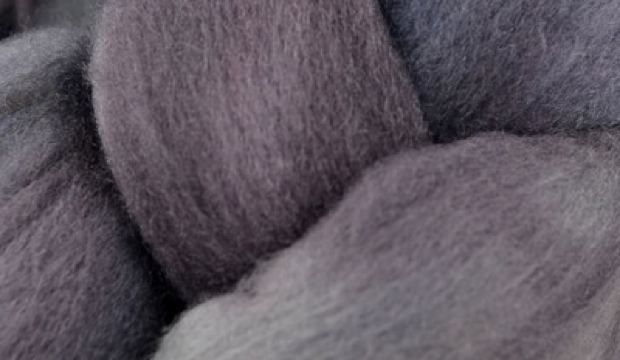

If you’re the type of shopper who checks out the fabric content on their clothing labels, you’ve probably noticed some unusual variations on cottons, wools, and silks. One fiber in particular that has gained popularity as of late is an alternative to wool or cashmere: alpaca.
The alpaca is an animal native to Peru that resembles an odd-looking llama. Unlike the llama, which was bred as a pack animal, the alpaca is bred specifically for its fiber.
Despite its strange appearance, the alpaca’s coat produces a very soft, luxurious fiber. If you work with knits, you’ve likely seen skeins of this high-end material on the shelves of yarn stores.
So, what makes alpaca unique?
- Not only is it strong and soft, but the fiber also has a silky sheen to it.
- It weighs less than wool and is better at insulating body heat.
- For those who have sensitivities to wool or other fabrics, alpaca is hypoallergenic, non-lanolin alternative.
- The fiber grows in over 40 different natural shades, but designers who are interested in other colors will have no problem, as it dyes easily.
Baby alpaca is particularly sought after. While this fiber often comes from the first shearing of the animal, the name baby does not refer to age. Rather, this classification is a measure of the fiber’s density. Baby alpaca is a finer grade than regular alpaca.
If you design baby or children’s wear, alpaca is a lovely material to incorporate into your collection. The soft, hypoallergenic fabric is perfect for little ones who typically have sensitive skin or need something to keep them extra warm.
Alpaca is also popular among knitwear designers since it adds a special touch, helping garments to stand out from typical wool knits.
